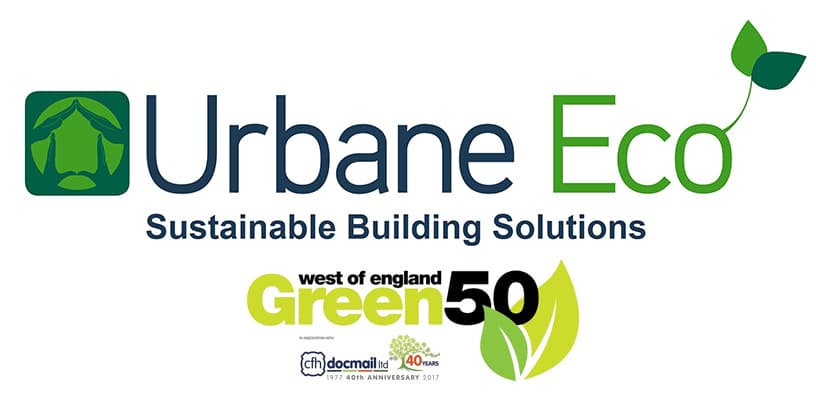Unravelling Thermal Performance: A Deep Dive into Thermal Conductivity and Thermal Diffusivity
When it comes to enhancing the energy efficiency of your living space, understanding the science behind insulation materials is crucial. At Urbane Eco, we prioritise transparency and education. In this blog post, we will explore the critical differences between two key factors that influence the thermal performance of external wall insulation materials: thermal conductivity and thermal diffusivity.
It is usually assumed that if two walls have the same U-value, the heat transfer through them is the same. However, this is not true. U-values are calculated using only thermal conductivity and don’t take into consideration thermal diffusivity which considers the density and specific heat capacity of the material in question. Let’s delve into the specifics.
Thermal Conductivity: The Heat Conductor
Thermal conductivity is the ability of a material to conduct heat. Put simply, it measures how efficiently heat flows through a substance. For wall insulation, lower thermal conductivity is desirable, as it indicates better insulation capabilities.
U-values are derived from the thermal conductivity and thickness of a material. All three of our systems have very similar thermal conductivity properties. They provide excellent thermal resistance, creating a barrier against the external temperature and minimizing heat loss.
Importantly, thermal conductivity assumes steady state conditions. I.e. the temperatures either side of the material being measured, remain constant.
Thermal Diffusivity: Time Matters
Thermal diffusivity, on the other hand, measures how quickly a material responds to changes in temperature. It is the rate at which heat penetrates and spreads through a substance, i.e. the ability of a material to conduct thermal energy relative to its ability to store thermal energy.
This is important when considering wall insulation as external temperatures are constantly changing, from the peaks of daytime to the cool of night. A high thermal diffusivity would mean that heat transfers more rapidly and hence, a low value is preferable for insulation so that heat penetrates slowly through the material.
For comparison of the products we offer:
|
|
Thermal Diffusivity [m²/s x 10-7] |
|
Woodfibre |
1 |
|
Rockwool |
3 |
|
EPS |
20 |
Decrement delay, put simply, is the time it takes for a change in temperature to fully penetrate through a substance, e.g. a wall or roof. For example, using the 3 products we offer to give a roof a of U-Value 0.13W/m2K, the following decrement delays were found:
|
|
Decrement delay assuming U-value 0.13W/m2K |
|
Woodfibre |
15.7 hours |
|
Rockwool |
4.28 hours |
|
EPS |
2.94 hours |
Data thanks to Chris Brookman, Back to Earth
Often times there is concern about overheating in loft conversions and rightly so. This is where decrement delay is particularly important and is the reason we will only use wood fibre to insulate loft conversions.
Clearly, higher decrement delays are beneficial for the efficiency of heating a home. In this measure, natural insulation materials consistently outperform alternatives.
Conclusion: The Weigh In
Both thermal conductivity and thermal diffusivity need to be considered when choosing which insulation is best for your home. Thermal conductivity (and hence U-values) assume steady state conditions, which is not a true reflection of the UK’s climate. Thermal diffusivity however takes both conductivity and changing temperatures into account. Thermal conductivity is an important measure when considering home insulation, but it should be considered alongside thermal diffusivity, not alone.
